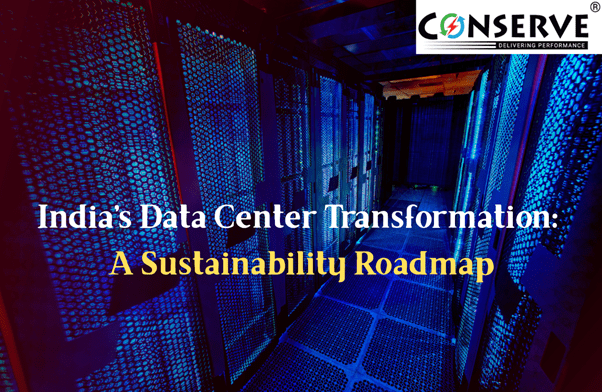India’s journey to quadruple data center capacity by 2030 marks a pivotal moment for digital infrastructure and sustainability. As hyperscale and edge centers expand from Mumbai to Tier-II cities, power demand, resilience, and environmental responsibility have become central to strategic decision-making.
The data center industry is at a pivotal moment. With plans to quadruple capacity from 1,000 MW to 4,000 MW by 2030, we are witnessing a build-out of historic scale and speed. This growth is not just a technical challenge it's a generational opportunity to embed integrated sustainability and climate resilience into the very foundation of India's digital future.
Industry Scale & Growth
- By 2030, capacity will rise from 1,000 MW to 4,000 MW, reshaping business models and unlocking unprecedented tech innovation.
- Hyperscale centers drive AI and cloud workloads, while a mesh of edge data centers boosts operational reliability and reduces digital latency.
The Four Pillars of Next-Generation Design
To build data centers that last 50 years, a fundamental mindset shift is required. The new design philosophy is built on four key principles:
- Design-Led Sustainability: From strategic site selection to engineering tailored for local climates, sustainability must be baked in from day one.
- Optimizing Energy Efficiency: While average PUE has improved to <1.35 from >1.6, the pursuit of lower ratios is critical for cost and environmental impact.
- Climate Resilience: Forward-looking climate modelling is essential to protect assets from future extreme weather events, moving beyond historical data.
- Circularity Mindset: The focus is expanding beyond efficiency to include reuse, recycling, and operational changes like adopting higher server temperatures.
The Technology Nexus: Cooling and Power Innovations
The rise of AI is pushing rack densities to unprecedented levels (60kW and beyond), forcing a revolution in thermal management:
- Liquid Cooling Takes Center Stage: Air cooling is no longer viable. The industry is rapidly adopting Direct-to-Chip and Immersion Cooling technologies, which offer far greater heat removal efficiency.
- On-Site Power and Heat Reuse: To achieve energy independence, operators are exploring co-generation plants and fuel cells. Furthermore, waste heat often seen as a byproduct can be upgraded via heat pumps for district heating, creating a circular energy ecosystem.
Sustainability Imperatives
Building for a 50-year horizon calls for design thinking that integrates sustainability from day one:
- Strategic site engineering tailored to local climates.
- Bringing Power Usage Effectiveness (PUE) below 1.4 remains the benchmark.
- Circular economy practices from repurposing hardware to reusing low-grade waste heat reduce footprint and costs.
- Forward-looking climate models ensure resilience against unpredictable extreme weather (like Chennai’s recent cloudburst).
Technology Innovations
- Liquid and immersion cooling are replacing traditional air systems, tackling evolving rack densities and energy loads.
- Operators are experimenting with on-site power (fuel cells, cogeneration, hydrogen chillers) to reduce grid strain and carbon impacts.
- Cross-sector collaboration, including IGBC data center rating adoption and allied partnerships, are helping standardize best practices.
Conserve Consultants: Your Sustainability Partner
The Path Forward: Collaboration for a Sustainable Digital India
The road to 4,000 MW is filled with interlinked challenges and opportunities. The key to success lies in deep collaboration across the ecosystem operators, technology providers, and regulators guided by frameworks like the LEED & IGBC data center rating system.
Partner with Conserve Consultants for a Sustainable Data Future
At Conserve Consultants, we are at the forefront of this transformation. Our expertise in sustainability advisory, design and green building certifications ensures your data center project is not only capable and reliable but also a global exemplar of sustainable design.

